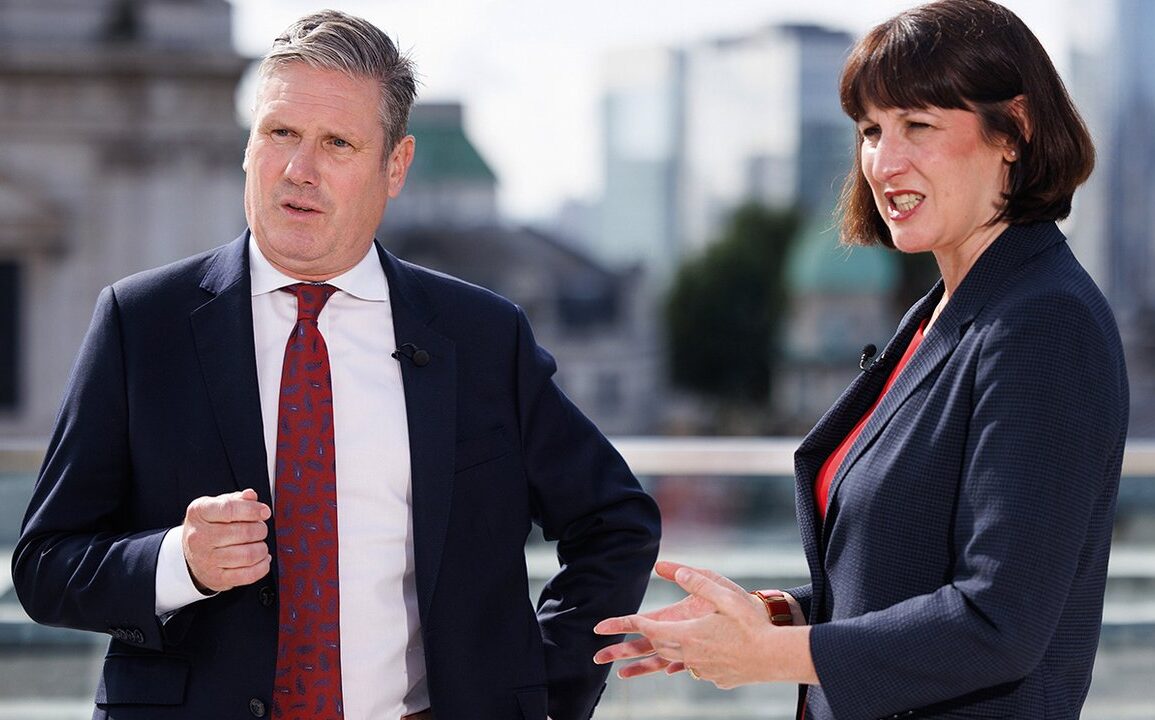
The global art market has in 2023 and 2024 been undergoing a period of correction. While there are signs of an upturn there have also been significant shifts in the location, appetites and preferences of buyers and sellers. So how is the UK positioned in this new global market?
The British art market is a global success story. Despite the shifts and challenges of the past decade, Britain continued to hold a 17% share of the global art market in 2023, with aggregate sales of $10.9bn. Only the US, with its 42% share, and China, at 19%, stand ahead. Its global market is greater than the combined total of all other European markets.
Britain’s art market comprises about 7,800 businesses, providing over 45,000 jobs. It also supports a variety of associated industries, from shipping and storage to restoration and conservation. That success is also central to the nation’s cultural and artistic “soft power” influence, enhancing tourism, education and our global reputation.
But while we can be proud of our achievement to date, our market share can only be maintained if we, and our government, focus on remaining competitive. A change in government presents us with just such an opportunity. While the specific policies of the new government toward the art market have yet to be fully outlined, it has already expressed its commitment to two key objectives: improving access to the arts and fostering economic growth.
The British art market is able to play its part in relation to both of these objectives. What better candidate for growth than an industry which already has the third largest share of the global market?And a vibrant art market will embrace the opportunity to continue to work closely with the government to develop clearer educational and career pathways for young people from more diverse backgrounds from the classroom into the arts.
However, to maximise this opportunity the government needs, in the British Art Market Federation’s (BAMF) view, to take some decisive steps to stimulate growth by ensuring that the British art market remains competitive. We cannot maintain our market share unless the costs and complexity of buying and selling art in the UK are equal to or less than those of our competitors in New York, Hong Kong and Europe.
Proportionate regulation
The art world understands the need for anti money laundering (AML) measures. The current implementation of the AML legislation is, however, unduly burdensome and fails to distinguish between negligible-risk and high-risk transactions.
BAMF has three recommendations. First, it is essential that the government’s 2024 National Risk Assessment formally recognises that the risks of money laundering through art, while real, have dropped significantly following the 2020 National Risk Assessment. Second, there needs to be a reform of the immensely bureaucratic regulatory regime that fails to differentiate between high- and low-risk transactions, creating a heavy burden on all art businesses, irrespective of their size and types of transactions. Third, we are urging the government to consider increasing the transaction value threshold for AML regulation from £10,000 to £30,000, which would take large numbers of low-risk small businesses out of the regulatory framework.
Review of import procedures
The UK’s art market is a global hub, and as such, is dependent on importing art for sale. Compared to our global competitors, the UK’s import procedures are both more costly and overly complex. But there are ways we could gain a significant competitive boost. We could abandon the import VAT charge payable—this would align our art market with Hong Kong and New York and differentiate us from Europe.
Or, if the government was not minded to zero-rate import VAT, we have suggested a number of improvements to the import VAT Temporary Admission arrangements. These include extending the maximum period of Temporary Admission from 24 to 48 months; permitting objects under Temporary Admission to be cleaned, restored, and viewed for possible sale in private residences; aligning the timeframe allowed for objects sold under Temporary Admission with those sold in free circulation; and reducing the costs associated with the Customs Declaration Service.
We cannot afford to rest on our laurels. There is intense rivalry to attract art sales, and it is essential to maintain the most competitive conditions if we are to continue to thrive. With government support, I believe that we can ensure that Britain remains a world leader in art, culture and commerce.
• Martin Wilson is the chairman of the British Art Market Federation
This post was originally published on this site be sure to check out more of their content






